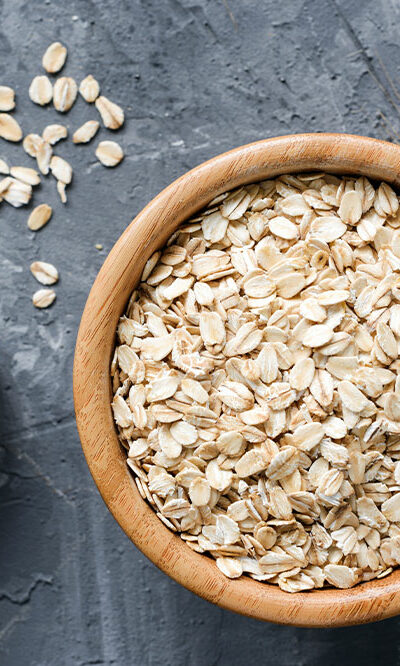
9 superfoods ideal for nursing mothers
Breastfeeding is a universal way to nourish a newborn. Many mothers exclusively breastfeed their baby for six months, which is the minimum duration doctors recommend around the world. During this phase, nursing mothers need to have healthy, nutritious foods as this is how infants get the nutrients they need. Additionally, certain foods can help increase the milk supply. So here are a few superfoods that are ideal for nursing mothers: Avocados This superfood is loaded with nutrients like heart-healthy fats that can help new mothers feel full for long periods. Breastfeeding mothers usually feel frequent hunger pangs due to having to nurse often. Further, women need more calories during their nursing period. This is why avocados are a great and versatile option for filling recipes. The fruit contains essential vitamins and is a versatile option to add to meals. Nuts Nuts like almonds, Brazil nuts, pistachios, and macadamia nuts are great snacking options for new mothers. These nuts are usually high in essential minerals such as iron, calcium, zinc, and vitamins K and B. They are known to be lactogenic and also excellent sources of healthy fats and protein, essential for babies and mothers alike. One can have these nuts by the bedside to make them easily accessible. Coconut Coconut consumed in any form is great for nursing mothers as it is high in fat-soluble nutrients like vitamins A, D, E, and K. Additionally, coconut contains high amounts of fiber that help regulate bowel movement. Also, it is especially recommended for breastfeeding mothers as it helps improve the milk supply. Further, coconut water is full of electrolytes that can serve as a great source of hydration for breastfeeding mothers. Beans and legumes These are a great source of protein and vitamins essential for one’s overall health. Additionally, some legumes, such as chickpeas, have been categorized as galactagogues (or lactation boosters)—foods that increase breast milk supply.










